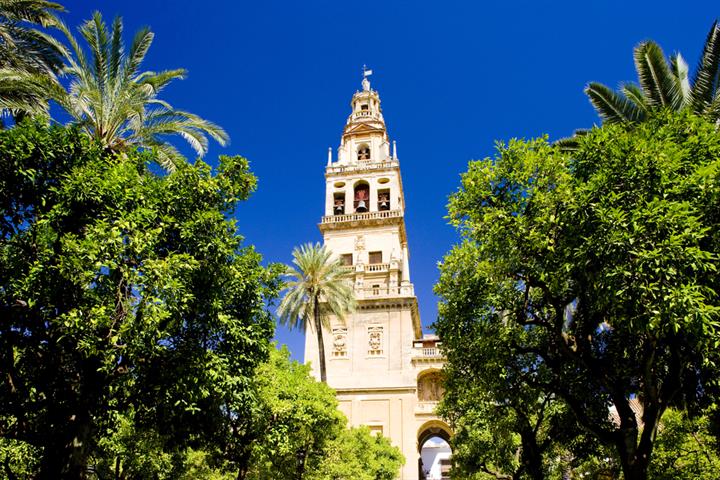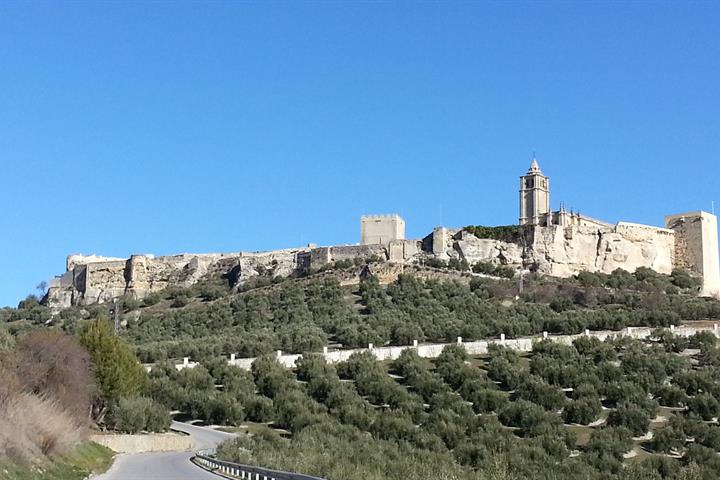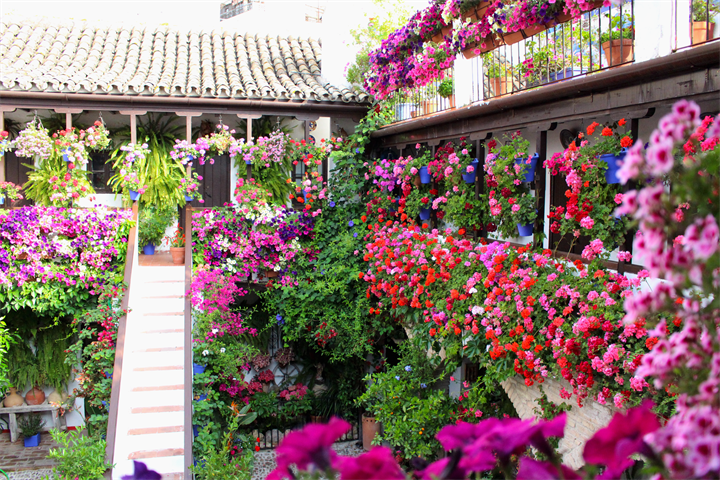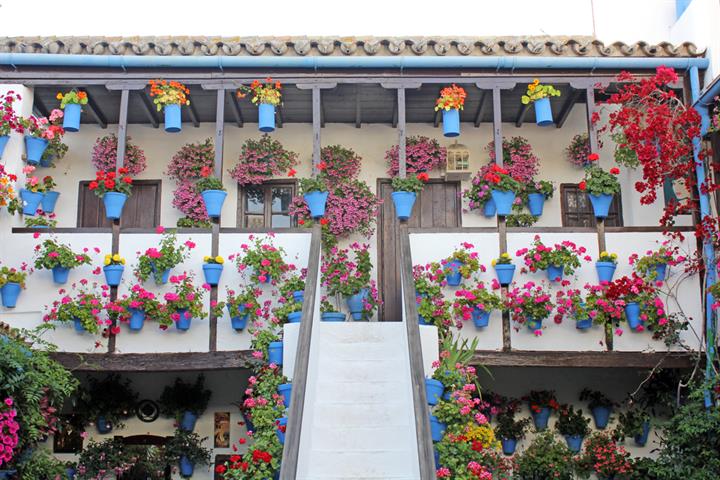Córdoba province travel information and video
Holiday information, facts, photos and video about Córdoba province
Featured holiday homes in Andalusia
Things to do while you are here
Exciting places to visit in Córdoba province
Reviews for Córdoba province
Average overall ratings - Based on 150 reviews.
City
| City: |
Submitted by: Clare
6. Sep 2021
This review is in English
This review is in English
Report abuse
You found this abusive
| City: |
Submitted by: Ainhoa
26. Jul 2021
This review is in English
This review is in English
Report abuse
You found this abusive
| City: |
Submitted by: Mogens Vang
2. Oct 2019
This review is in English
This review is in English
Report abuse
You found this abusive
| City: |
Submitted by: Etienne Beeckman
19. Sep 2019
This review is in English
This review is in English
Report abuse
You found this abusive
| City: |
Submitted by: CORNIC
24. Aug 2019
This review is in English
This review is in English
Report abuse
You found this abusive
| City: |
Submitted by: Bonny Driessen
24. Aug 2019
This review is in English
This review is in English
Report abuse
You found this abusive
| City: |
Submitted by: Kevin Vandepaer
27. Jul 2019
This review is in English
This review is in English
Report abuse
You found this abusive
| City: |
Submitted by: Charlotte Bauner
10. Jul 2019
This review is in English
This review is in English
Report abuse
You found this abusive
| City: |
Submitted by: Tas Ghafoor
16. Jun 2019
This review is in English
This review is in English
Report abuse
You found this abusive
| City: |
Submitted by: Ann Gales
2. Jun 2019
This review is in English
This review is in English
Report abuse
You found this abusive
| City: |
Submitted by: Michael Sperber
30. May 2019
This review is in English
This review is in English
Report abuse
You found this abusive
| City: |
Submitted by: Sarah Bell
26. May 2019
This review is in English
This review is in English
Report abuse
You found this abusive
| City: |
Submitted by: Barbara Lutz
6. May 2019
This review is in English
This review is in English
Report abuse
You found this abusive
| City: |
Submitted by: Agnes & Peter Bouwsema
19. Oct 2018
This review is in English
This review is in English
Report abuse
You found this abusive
| City: |
Submitted by: Judy and Bob Clifford
3. Oct 2018
This review is in English
This review is in English
Report abuse
You found this abusive
| City: |
Submitted by: sara
23. Aug 2018
This review is in English
This review is in English
Report abuse
You found this abusive
| City: |
Submitted by: Norman Moodie
19. Aug 2018
This review is in English
This review is in English
Report abuse
You found this abusive
| City: |
Submitted by: Laura Burton
15. Aug 2018
This review is in English
This review is in English
Report abuse
You found this abusive
| City: |
Submitted by: Edwin Krijnen
1. Aug 2018
This review is in English
This review is in English
Report abuse
You found this abusive
| City: |
Submitted by: corver en butter
31. Jul 2018
This review is in English
This review is in English
Report abuse
You found this abusive



